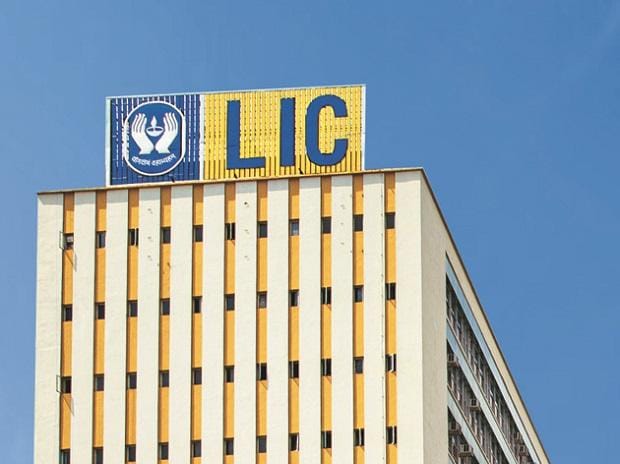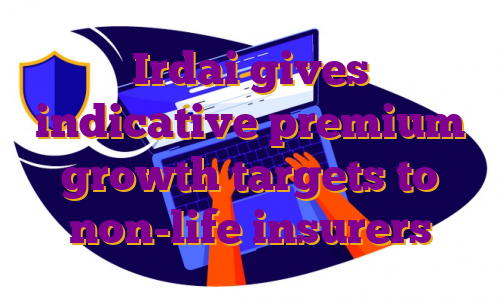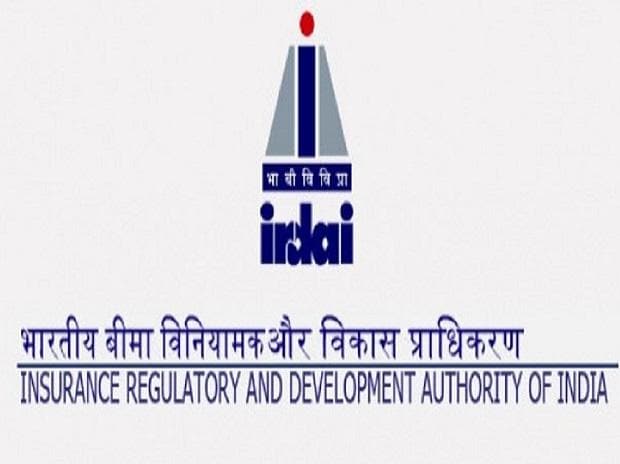As the pandemic hit lives, the economy, and livelihoods, 2021-22 witnessed a sharp spike in insurance policies being surrendered ahead of their maturity. Data show that more than 2.3 crore life insurance policies were surrendered during the year — more than three times the number of policies (69.78 lakh) surrendered in 2020-21.
It is ironical that at a time when one is in desperate need of his/ her money, while surrendering a traditional policy (endowment or money back), policyholders in the majority of cases end up with a surrender value that is even lower than the premiums paid.
In case of unit-linked plans, it may result in lower returns on the capital investment. It is, therefore, very important to understand the pitfalls of surrendering, and to evaluate all options before you decide to do so.
What should you look for before surrendering your policy?
The first thing that one needs to check is the surrender value. “Often, people don’t check the surrender value, and assume that the current value of the policy is what they will get if they surrender. It is only later that they realise that what they have received is much less than the current value. So one must check the surrender value before taking the decision,” said Surya Bhatia, founder, AM Unicorn Professional.
Advisers say that policyholders must also evaluate the reason for surrendering the policy, and the various options they can explore with insurance companies. Individuals must look at the reason for surrender — whether they need the money or they think they can’t make future premium payments — and accordingly make their decision.
If one is looking to surrender the policy because they believe they can’t pay future premiums, the policyholder must reconsider.
“After you finish with the minimum period of paying premiums, you have the option to either surrender or stop paying further premiums. Very often this is referred to as paid-up status, where you stop paying the premium and the benefits of your policy reduce proportionately in line with the reduced payment period, Vishal Dhawan, founder, Plan Ahead Wealth Advisors, said.
“So,” he said, “if someone needs to control future cash flows, the individual must explore the paid-up option. Many a time, paid-up options are not looked at by people, and they think that they can either continue or surrender.”
If one is in need of money, one can consider taking a loan against the policy, if the requirement is for a temporary period.
In cases where one is looking to surrender the policy to avoid risk of asset class (volatility in equity markets) in case of Ulips, one has the option to move the money from equity underlying fund to something that is debt-oriented.
Newsletter | Click to get the day’s best explainers in your inbox
What are the impacts of surrendering a policy?
There are several pitfalls, including losing the insurance cover linked to the policy.
The biggest impact that premature surrendering has is on the return you get out of the policy, as surrender value is much less than what you can get on maturity.
There is no standard answer as to what a surrender value can be — it depends upon the kind of policy (traditional or unit linked), years of premium paid, and term of the policy.
Financial experts say that in case of money-back, endowment, and whole life plans, individuals suffer big losses on account of surrendering the policy and can lose around 50 per cent of the premium paid.
In case of Ulips, since they can’t be surrendered till the fifth year and can only be done at the end of the sixth year, experts say that there is not much loss. However, it does impact the return for the investors because of early termination of the policy.
Another impact is on the aspect of taxation. “People often miss the fact that while the policy is tax-free at maturity, if you surrender ahead of maturity, you miss out on that as it attracts tax at the marginal tax rate applicable to the individual policyholder,” Bhatia said.
Should you surrender your policy at all?
As the drawbacks of surrendering are many, financial advisers suggest that it should be one of the last options. It is advisable that when in need of money, investors should carefully look at their entire investment corpus — mutual funds, insurance policy, fixed deposits, bonds, etc. — and after understanding the implications of giving up each of them, they should figure out which one should go first, and which should be taken up last.
“When you explore all the options and take a measured approach, you will end up taking a better decision, Dhawan said. He added that “while one can still do it with investment policies, it is crucial that one doesn’t do it with term policies”.
Bhatia said that surrendering a policy should be the last resort. “Explore other options. Only in the case of Ulip plans, if the policy is not working according to the plan, you may look to surrender — but that too to reinvest in a better performing policy or other financial instrument,” he said.
!function(f,b,e,v,n,t,s)
{if(f.fbq)return;n=f.fbq=function(){n.callMethod?
n.callMethod.apply(n,arguments):n.queue.push(arguments)};
if(!f._fbq)f._fbq=n;n.push=n;n.loaded=!0;n.version=’2.0′;
n.queue=[];t=b.createElement(e);t.async=!0;
t.src=v;s=b.getElementsByTagName(e)[0];
s.parentNode.insertBefore(t,s)}(window, document,’script’,
‘https://connect.facebook.net/en_US/fbevents.js’);
fbq(‘init’, ‘444470064056909’);
fbq(‘track’, ‘PageView’);
.






 Dear Reader,
Dear Reader,


 Dear Reader,
Dear Reader,